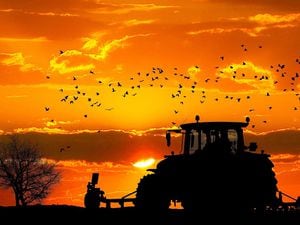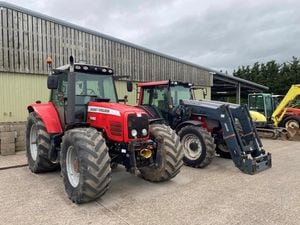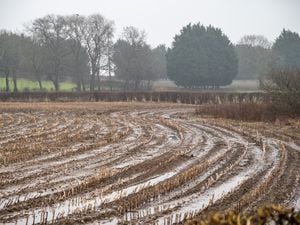Getting to grips with cattle lameness this autumn
We’re at the start of autumn and it’s time to be thinking about housing – especially for beef bulls that will be coming in soon.

As a professional foot trimmer, I visit farms all across Shropshire and recently we have started to see more and more Digital Dermatitis creeping into beef herds. Farmers really do need to be aware of the signs and understand preventative methods to keep the disease to a minimum.
Maintaining a clean housing environment with regular scraping and walking cattle through foot baths are absolutely vital if we are to get a hold on the spread on Digital Dermatitis.
Lameness in cattle is of course a welfare problem – but also an economic drain. The National Cattleman’s Beef Association’s National Quality Audits identify lameness in over 15 per cent of culled cows and over 30 per cent of culled bulls. Footrot is perhaps the most common infectious cause of lameness in pasture cattle. The technical term for footrot is “infectious pododermatitis” – meaning "inflammation of the skin and deeper tissues in the area of the hoof”.
Diseases of the feet account for approximately 70 per cent of all cases of lameness. Other causes include injuries to the upper skeleton or major muscles, septic joints and injection site lesions. The prevalence of cattle lameness does vary by season, environmental management and cattle handling, but what does remain constant is the importance for accurate diagnosis. This is key to successful treatment and prevention.
Functional claw trimming is an important aspect of both prevention and treatment. A good foot trimmer will be both economical for the herd’s operation and make considerable improvements to the existence of lame cattle in a herd.
How to make improvements to cattle lameness this autumn:
1. Ensure all walking surfaces are kept clean – and make sure the surface is comfortable for cattle to walk on
2. Run regular foot baths
3. Have a dedicated foot health ‘observer’ in your team – watch, record and monitor signs of lameness. Early detection makes the cost of treatment less of an economic impact
4. Regular claw trimming should be practised
5. Use key performance indicators to assist your management decisions – keep records, measure and monitor. Benchmark against other farmers and critique what you are doing at all times to ensure what you are doing is right. Never become complacent – cattle lameness is a health and cost burden to your farm!
Nick Challenor is the owner of ND Challenor Professional Livestock Services.





